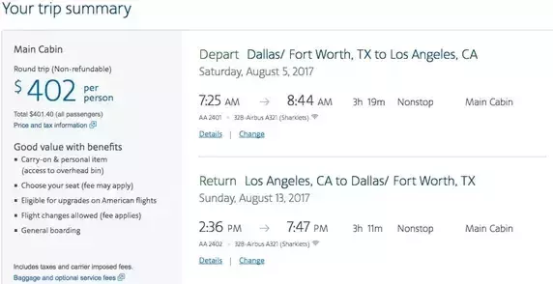Understanding esoteric subjects, like code sharing, yield management, and confounding airline pricing schemes could easily become a full-time job for the diligent. We checked in with former pilot, air travel and insurance expert, Jonathan Breeze, founder of Aardvark Compare, to sort out a few inspired hacks that frequent flyers can employ right now to save money and inconvenience.
WATCH our Video Interview with Jonathan Breeze
1. Don’t get caught in code sharing ticket price mark-ups
First let’s define what Code Sharing is. Wikipedia defines a Code Share Agreement as an aviation business arrangement where two or more airlines share the same flight; meaning that each airline publishes and markets the flight under its own airline designator and flight number as part of its published timetable or schedule. This is a common practice among major airlines belonging to major airline alliances, such as Star Alliance, Sky Team and oneworld.
So, let’s assume for a moment that you are an American Airlines frequent flyer. You need to fly to Lima, Peru. So, as a loyal AA customer, you go straight to their site to see what’s available.

Departing on August 15th and returning on August 23rd, the results yield a lowest fare of $3,025 for a non-refundable seat in Business Class. In this particular example, LAN Airlines (LATAM Airlines Group) is the operator of the flight. American Airlines and LAN have a code share agreement and are both part of the oneworld Airline Alliance. That said, the assumption would be that the price would be the price, right? But if you visit LAN’s website and query the same departure and arrival information for the dates above, as you can see there is quite a BIG difference in price — $1,834 vs. $3,025.

Jonathan advises air travelers to be mindful and wary of this yield management practice. If you see that a flight is being operated by a partner of your preferred airline, do a quick cross-check on their website to be sure you are getting the best possible price — if they are partners in a major airline alliance your ability to accrue points/miles will not be affected.
2. Closing the massive price gap between Refundable vs. Non-Refundable Airline Tickets
As astounding as it may sound, on average, a Refundable Seat can cost 300% of the price of a Non-Refundable Seat bundled with inexpensive insurance.
So, if one buys a Refundable Economy Ticket, say from LAX to LHR in August for a week (6 months from now), American wants $2,100 for a Main Cabin Fully Flexible Seat. It’s in the Main Cabin, but it’s more expensive than a First Class seat.

So, you bypass this option to seek a more traditional Main Cabin (Economy) seat. And now, this looks like a bargain, after you managed to avoid the $2,100 fully flex seat.
American wants $1,150 for a Main Cabin Flexible Seat. So, it is flexible, just not ‘fully’ flexible. Travelers may change their flights, not lose all of their money, but they will need to pay for the effort to make the flight change — a $200 change fee.

With a little creativity — and some cheap travel insurance — you can hack your way out of this one.

American wants $400 for the Non-Refundable Main Cabin Seat. Add insurance, it will cost around $50 — And you’re bulletproof! You have secured coverage for Cancellation (Sickness, Death, Incapacitation etc) – 100% Refund; Cancellation for Work Reason – 100% Refund; and Cancellation for any other Reason – 75% Refund.
So, for $450 a customer booking that DFW – LAX return has nearly the same level of coverage as the person paying $1,150 for the exact same seat — A $700 savings.
The person in the $1,150 seat still has to pay $200 every time they make a change. Whereas the person in the $450 seat just needs to throw the ticket away and use their insurance if a flight needs to be canceled.
3. Getting back lost luggage quickly
One really simple tactic to minimize the inconvenience and time involved in getting back your lost luggage is to throw a business card on top of your clothing before you zip up. Baggage opens all lost cases and if your business card with your contact info is front and center, you will ensure a rapid return of your bags.
Chris is the President and Co-Founder of ExpertFlyer.com, a service that helps travelers get out of the “Middle Seat” by providing in-depth flight info and alerts when Awards and Upgrades are available.
